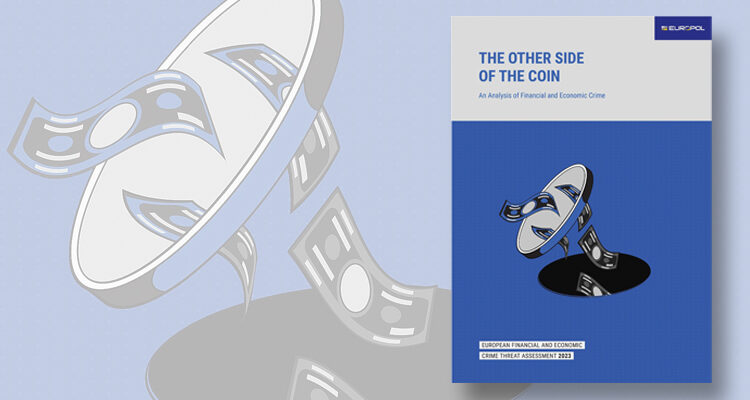
Europol’s “European Financial and Economic Crime Threat Assessment 2023” devoted close to half its 52 pages to money laundering, criminal finances and investments, corruption, and the world of fraud. It devoted substantial space to the role of cryptocurrencies. Among other things, it noted how professional money laundering service providers have started to offer cryptocurrency laundering as a service.
It was not until page 45 there was any information about counterfeiting. Activity in the Euro zone is not confined solely to euro coins and notes, noting that some seizures in the European Union have included counterfeit U.S. dollars, English pounds, and even Russian rubles. The number of counterfeit euro coins increased in the last five years, but thanks to COVID-19, the rise of cashless payments has reduced the threat.
The report gave a description of how counterfeiters work. The criminal networks involved exhibit an elevated level of technical expertise and organization. They distribute responsibilities to different affiliates overseeing supplying equipment, production, and printing, contacting possible markets, and distribution. They do not share information internally, for example, identifying members in charge of printing. There are also connections between criminal networks for the supply of raw materials, and sometimes for the distribution to certain markets across borders.
One case example was offered: A criminal network linked to the Camorra is thought to have produced and distributed a total of more than three million counterfeit banknotes with a total face value of over 233 million euros. This is equal to a quarter of all counterfeit euro banknotes found in circulation since the introduction of the euro on January 1, 2002. The mastermind behind the operation engaged in currency counterfeiting for more than 20 years. He established the whole counterfeit currency production network and organized distribution in the European market.
An investigation involving police in Italy, Belgium, and France began in October 2017 and culminated on July 15, 2020, when the Italian Carbinieri and its Anti-Counterfeit Currency Unit arrested 44 suspects and froze criminal assets worth €8 million. At that time, the overall operation included the confiscation of 50 apartments, eight business premises, two farms, ten companies operating in different sectors, 12 vehicles, a luxury yacht and 22 bank accounts.
Connect with Coin World:
Sign up for our free eNewsletter
Access our Dealer Directory
Like us on Facebook
Follow us on X






